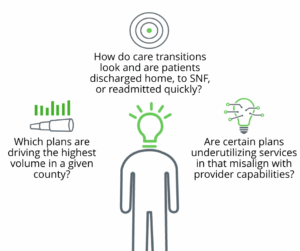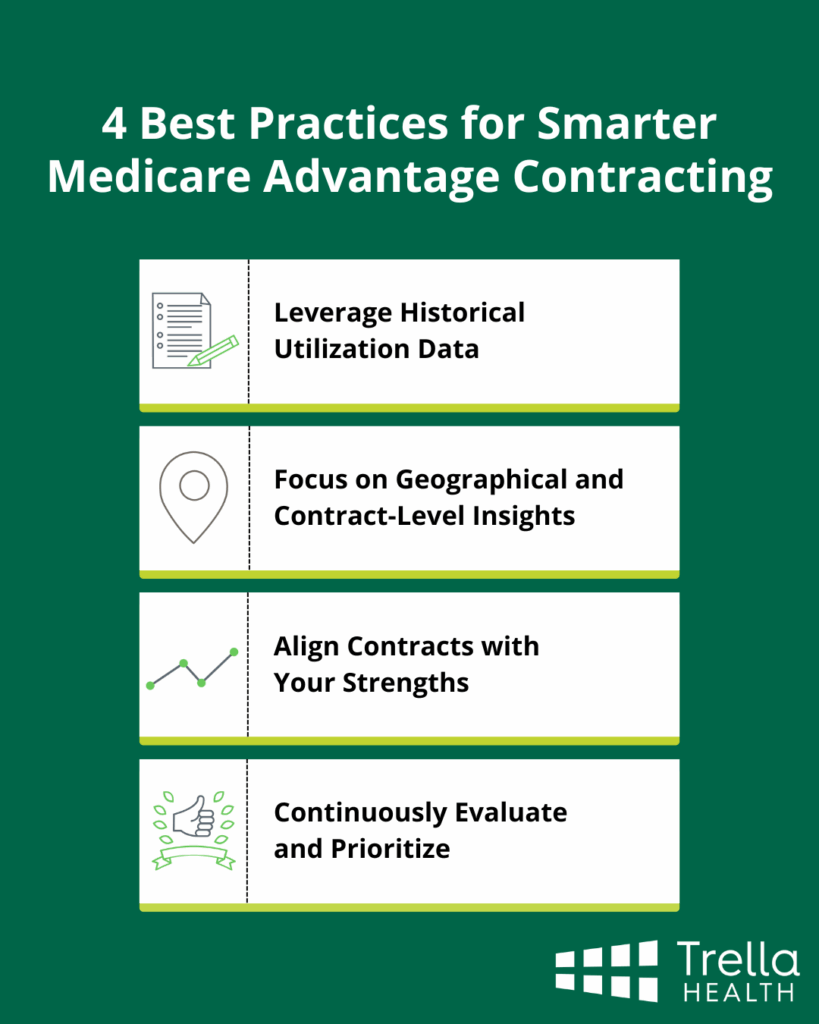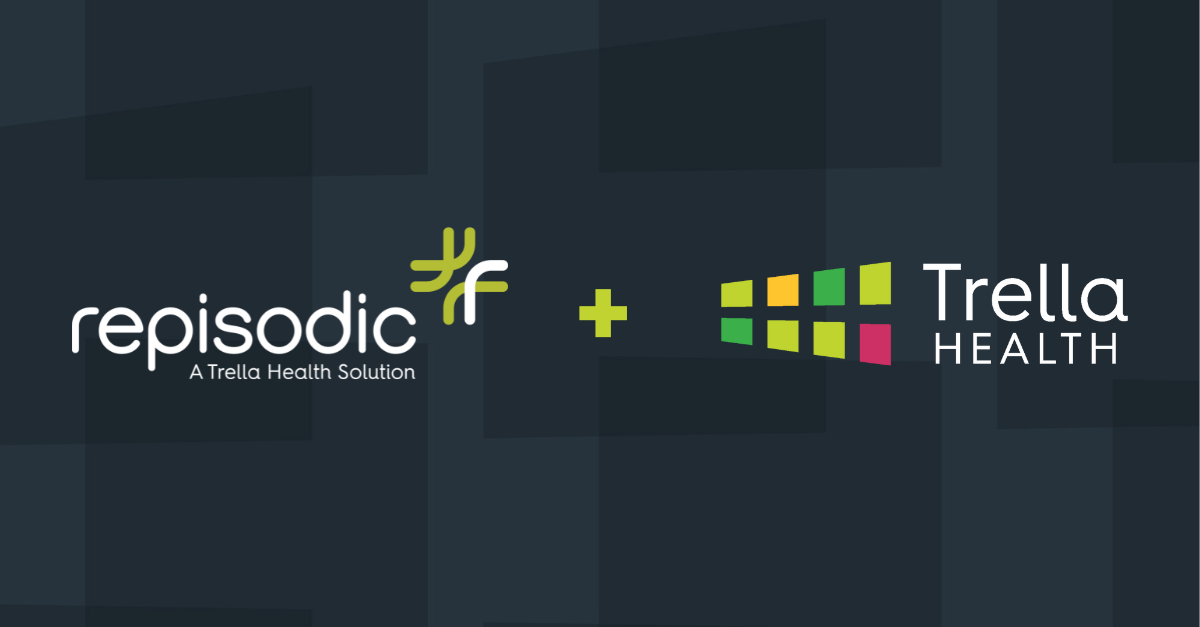As the Medicare Advantage (MA) market continues to expand, post-acute care providers are reevaluating how they approach contracting decisions. With increasing pressure to deliver high-value care while managing tight margins, understanding the behavior of MA contracts has never been more important.
One of the most effective ways to assess whether a contract will support an organization’s goals is by analyzing historical utilization data — specifically across post-acute care settings like home health, skilled nursing facilities (SNFs), and hospitals. The insights drawn from this data can help organizations move from reactive decision-making to strategic contracting based on concrete trends.
Why Historical Utilization Data Matters
MA contracts vary significantly in how their members utilize post-acute care. Some contracts may favor shorter SNF stays and push more patients into home health settings, while others show higher hospitalization rates or minimal post-acute referrals. Without visibility into these patterns, providers risk entering low-yield partnerships that strain resources without adequate return.
Organizations increasingly turn to solutions that offer transparency into these trends. For example, platforms like Trella Health’s Marketscape Insights provide multi-year data that helps uncover these patterns at both the contract and county levels. This enables providers to base decisions on facts, not assumptions.
Analyzing Patient Behavior by Contract and County
Effective contract evaluation starts with geographic and payer-level specificity. Providers need to understand how patients associated with different MA plans behave within their specific markets.
Five-year utilization trends broken down by service type and geography reveal important variations in volume and care intensity. Tools that aggregate data across Hospital, Home Health, and SNF settings, such as those available through Trella Health, allow organizations to ask critical questions:

These data points help paint a comprehensive picture of current and historical MA activity.
Using Trend Data to Assess Contract Value
The real power of utilization data lies in its ability to highlight meaningful trends. Year-over-year shifts in hospitalization rates, SNF patient/admit counts, and home health referrals all provide clues to a plan’s priorities and constraints.
If a plan consistently reduces its SNF usage while increasing home health referrals, that may present an opportunity for agencies with strong home-based capabilities. Alternatively, a steady decline in hospital admissions might suggest a tightening care model that limits post-acute volume overall, something providers must be aware of before engaging.
Here’s How Trella Helps: Our integration of five-year historical trends allows organizations to analyze this evolution by contract, giving a forward-looking view into how relationships with certain MA plans may perform in the years ahead.
Aligning Contracts with Organizational Strengths
Once care patterns are understood, providers can align their strategy to match. A high-performing SNF with clinical depth may target MA plans with patients needing complex re
hab. Conversely, a home health agency with strong care management infrastructure might prioritize plans known for high referral volume and lower SNF dependency.
This kind of strategic alignment is strengthened when supported by local market intelligence. Trella Health’s MA Contracts data helps providers identify which MA plans have members residing in their counties, using ten years of enrollment trend data to support targeted outreach and prioritization.
Rather than casting a wide net, organizations can focus on contracts that complement their clinical strengths and operational model, maximizing both care impact and financial sustainability.
 Building Smarter MA Strategies Through Data
Building Smarter MA Strategies Through Data
In a crowded market, data-driven decision-making can be a differentiator. Providers equipped with longitudinal, contract-specific data are better positioned to:
- Evaluate the viability of new contracts
- Monitor the performance of existing relationships
- Leave underperforming arrangements with confidence
- Engage MA plans with clear, evidence-based value propositions
Platforms like Trella Health support these efforts by delivering the insights needed to make well-informed decisions quickly. With regular updates to enrollment and utilization data, providers gain timely visibility into where patients are coming from and where they’re going.
From Reactive to Proactive Contracting
Medicare Advantage contracting doesn’t have to be a gamble. By leveraging five years of historical utilization trends and understanding local market dynamics, post-acute providers can transition from reactive decision-making to proactive strategy.
With tools that illuminate patient behavior by contract and geography, such as those found in Trella Health’s MA Contracts, organizations are empowered to align with the right partners, strengthen negotiation positions, and ultimately improve outcomes for both their business and the patients they serve.
Before signing the next contract, the data deserves a seat at the table. Interested in learning more? Schedule a demo today.
















